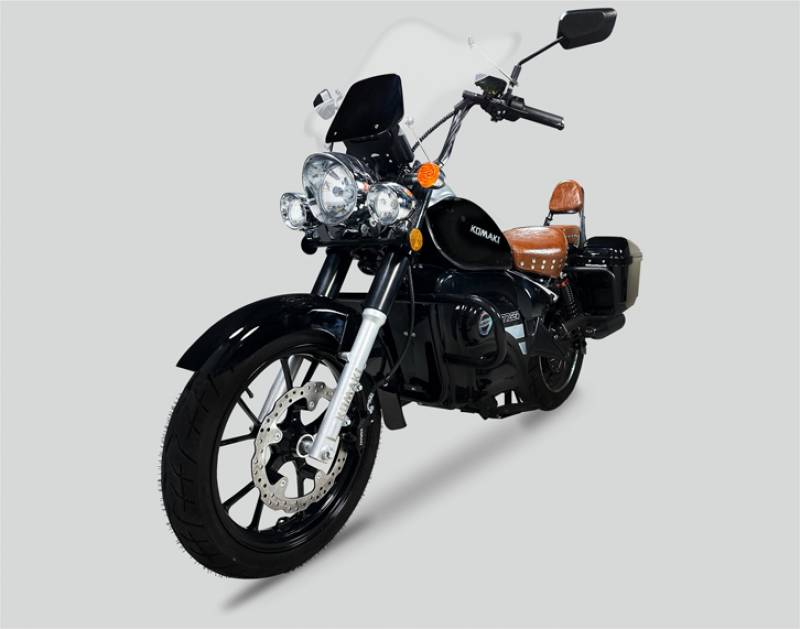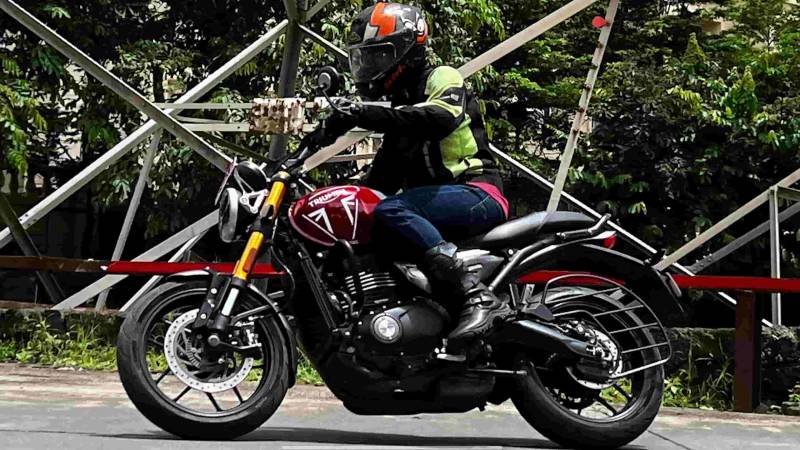
Volkswagen India announces its customer community initiative ‘Volkswagen Experiences’ for customers and fans of the Brand
Volkswagen India today introduced its new community centric initiative ‘Volkswagen Experiences’, a program that has been designed to bring customers and fans of the Brand together for a more enriching ...























